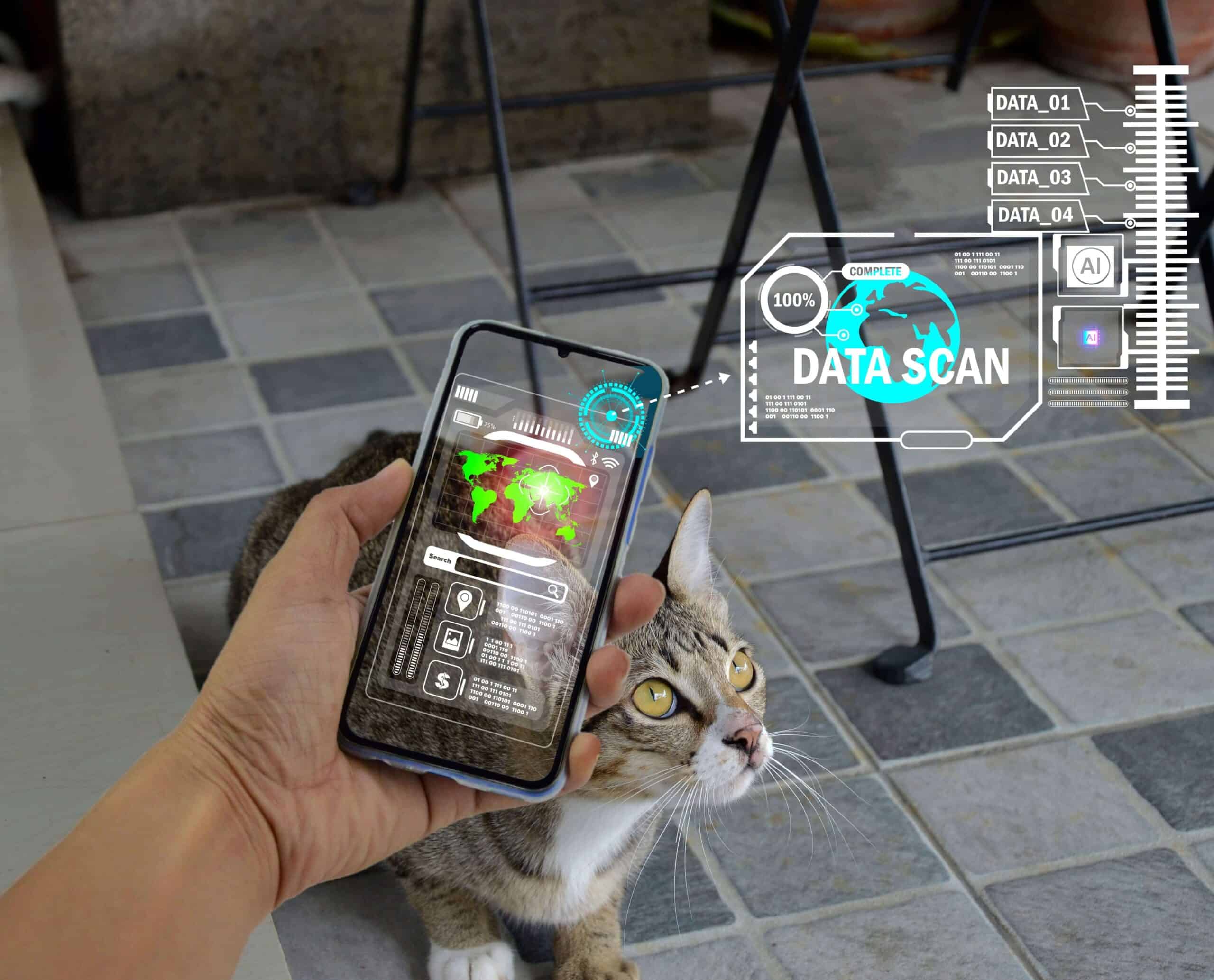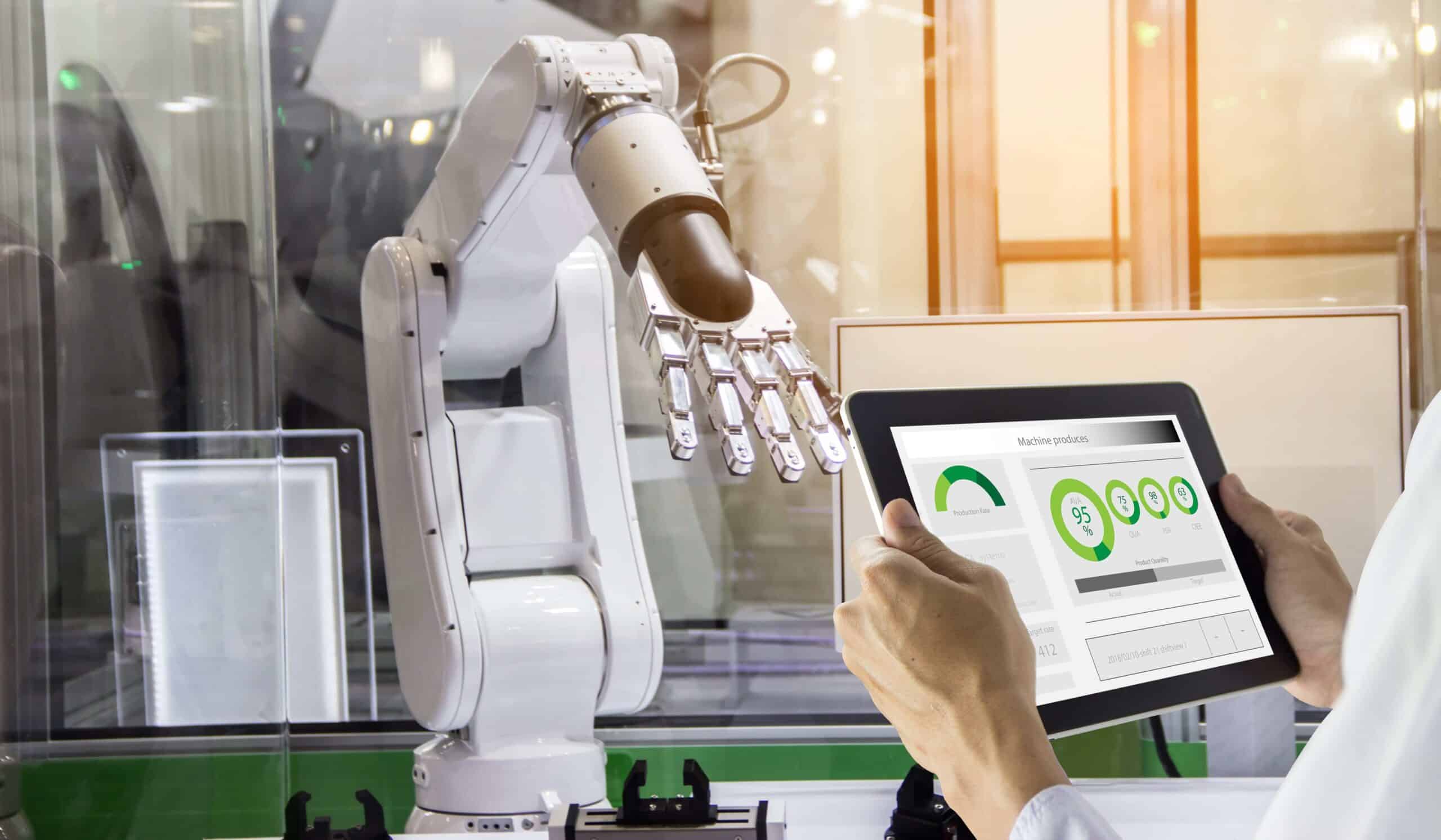- In the future, our oceans will be crowded with drones
- Order a beer and have it delivered to your hand within minutes
- Could the World Drone Prix become the world’s next big sport?
- Shape-shifting drone wing makes the Batman’s memory cape look like child’s play
Things that can be accomplished by drones are becoming increasingly impressive. Within five to ten years, we’ll all have our own, personal drone and getting the latest and greatest smartphone will no longer be on our list of priorities. Not only will drones transform aviation, they will become the engines of our economy. We will see them in the sky, on our sidewalks, in our oceans, in our offices. They will be our play things, deliver our parcels, inspect our building sites, and fight our wars. They will oversee agricultural fields, fetch our dry cleaning and pour our coffee. Some of the major companies working on drone technology include Google, Amazon, Boeing, Northrop Grumman, Lockheed Martin and AeroVironment. Let’s have a look at some of the latest developments.
From eye in the sky to sidewalk delivery boy
Drones are the next big thing when it comes to parcel delivery. But they will not only be buzzing overhead; we’ll see them on our pavements as well. Starship Technologies, founded by two former Skype founders, have quite a different view of the future of drone delivery. Instead of the flying eyes in the sky as we know them, their delivery bots will look like a six-wheeled cooler box kitted out with sensors, cameras and autonomous driving technology. These nifty drones are specifically designed to transport goodies via the sidewalks, dodging pedestrians and other obstacles as they manoeuvre their way around town. Ground-based drones will require much less energy and they will be able to transport much heavier cargo than their flying counterparts. Another advantage of these sidewalk delivery bots is that there are far less regulatory hurdles to overcome – compared to the ones that fly or travel on roads. In the not too distant future, we may be seeing quite a few of these on pedestrian walkways all over the world.
In the future, our oceans will be crowded with drones
Autonomous aircraft and self-driving vehicles are hot items and they are set to revolutionise transport and many other sectors all over the world. Other methods of transport are also seeing quite a bit of development however and they won’t travel by air, nor will they travel by road. In the future, we’ll also see our oceans crowded with autonomous bots. Research teams at the Advanced Institute of Science and Technology in Korea are developing technology that could completely transform the way cheap, mass-produced goods from Asia reach the Western shores. We’re talking about autonomous surface and submarine vessels. The Korean team has a number of platforms just off the coast where they test various unmanned vessels for fuel efficiency and operational safety. Robotic vessels have long been a topic of interest for military purposes – such as for surveillance and reconnaissance missions – but these new research initiatives are primarily focused around the automation of commercial vessels. Autonomous drone cargo ships would be far more efficient and much safer in comparison to the human-controlled equivalents. They will also cost a fraction of what traditional freighters cost. There are many other potential applications for autonomous vessels. They could be used for research, in search and rescue missions, to combat illegal fishing or to monitor the environment to keep an eye on pollution. In the past, the Korean team has already done quite a bit of research on floating, automated harbours and it is not unthinkable that our vast global shipping network could soon be virtually devoid of humans.

Order a beer and have it delivered to your hand within minutes
Companies such as Google and Amazon are focusing on ways to access the airspace below 150m for the delivery of parcels. Safety as well as privacy concerns are still hurdles that need to be overcome. For instance, the FAA – which regulates the US airspace – still needs to finalise the rules around the use of commercial drones. As it stands now, drones will only be allowed to fly within the line of sight of the user – making drone deliveries extremely restrictive. During a presentation at a conference in Washington in the beginning of this year, drone executive of Google’s Project Wing, Dave Vos, told a group of aviation specialists that there is plenty of unoccupied airspace. He feels that if the drones operate unobtrusively, there will hardly be any disturbance from overhead. Google is developing the technology in such a way that it’s even safer than existing aviation. If Google and Amazon are able to convince regulatory bodies to allow drone activity below 150m, they also have plans for the creation of Airspace Service Providers that would enable restaurants to connect to their network and start delivering food orders. It’s not difficult to imagine drones carrying small items like a pizza box or a six-pack of beer. Vos went on to say that a few years from now, Google’s drone delivery service could even deliver a beer to your hand within three minutes of ordering it via a smartphone. This is just one example of the possibilities. The instant drone delivery service is intended to work similar to how Uber operates – you order and it appears within minutes. The aim of the development is to create ways of operating in areas where there’s a high density population. Google will even be able to find you, should you be in a different location from where you ordered the beer. But that should come as no surprise.
Could the World Drone Prix become the world’s next big sport?
Sure, drone racing has been around for a while. Think hobbyists racing their drones in remote forests, empty parking lots and abandoned warehouses. With live, high speed racing visuals streaming to first person view goggles, the experience of drone racing is highly addictive and it’s hardly surprising then, that it’s also been gathering significant commercial interest. Take the largest drone racing event in the world for instance, the World Drone Prix. This highly anticipated drone racing event – for pilots from around the world – was hosted on Dubai’s Gulf coast in March of this year, with cash prizes to the value of no less than $1 million. To qualify for entry, aspiring drone pilots needed to comply with certain guidelines and submit ‘American Idol’ style qualification videos. This approach made entering into the event much easier from a geographical as well as financial perspective and eventually resulted in 150 participating teams. To maximise spectator appeal, the races were held at night at a spectacularly lit racetrack. After the qualifying rounds, only 32 teams remained to battle it out in the main event with categories such as most innovative drone, best lap time, best freestyle team and spectator favourite. One of the youngest pilots in the drone racing scene,15-year old Luke Bannister from the UK, became the first World Drone Prix champion, walking away with a cool $250.000 cash prize.
Shape-shifting drone wing makes the Batman’s memory cape look like child’s play
A team of scientist and engineers at the Imperial College and Southampton University have designed a new Micro Air Vehicle that produces lift and reduces weight by using membranes on their wings – inspired by the wings of bats. To maximise efficiency, the drone actually makes use of artificial muscles to alter the shape of its wings mid-flight. The unique design of the wings contains electro-active polymers to stiffen and relax the wings when exposed to electricity – similar to Batman’s eponymous memory cape in the movie ‘The Dark Knight’.
With this new technology drones will use less energy and will be able to cover greater distances. Also, without any mechanical parts in the wing design, drone maintenance and repair will be far less complicated. In order to simulate the flight behaviour of batwings, the team had to go back to basics and develop mathematical models and simulation software from scratch. Not only did the team need to model the actual wings but also the effect of the aerodynamic flows and the electric fields generated around and across the wings. Because bats are the only mammals that can carry out ‘true flight’, they are the best inspiration for the design of the batwinged drone. Up until now, there have only been tests with these batwings but improved designs in the future could see them flying off into the sunset within the next five years. Developers are already looking into customising the design and integrating the batwing technology into applications for surveillance and military purposes.
The dawn of the age of the drone is upon us
It’s no secret that the age of the drone is upon us. Initially driven by the military, a myriad of civilian uses of drone technology are already being developed and tested. The drone revolution as we experience it now will have far-reaching implications. It is deeply disruptive and provides previously unimaginable possibilities and creative and empowering applications.








